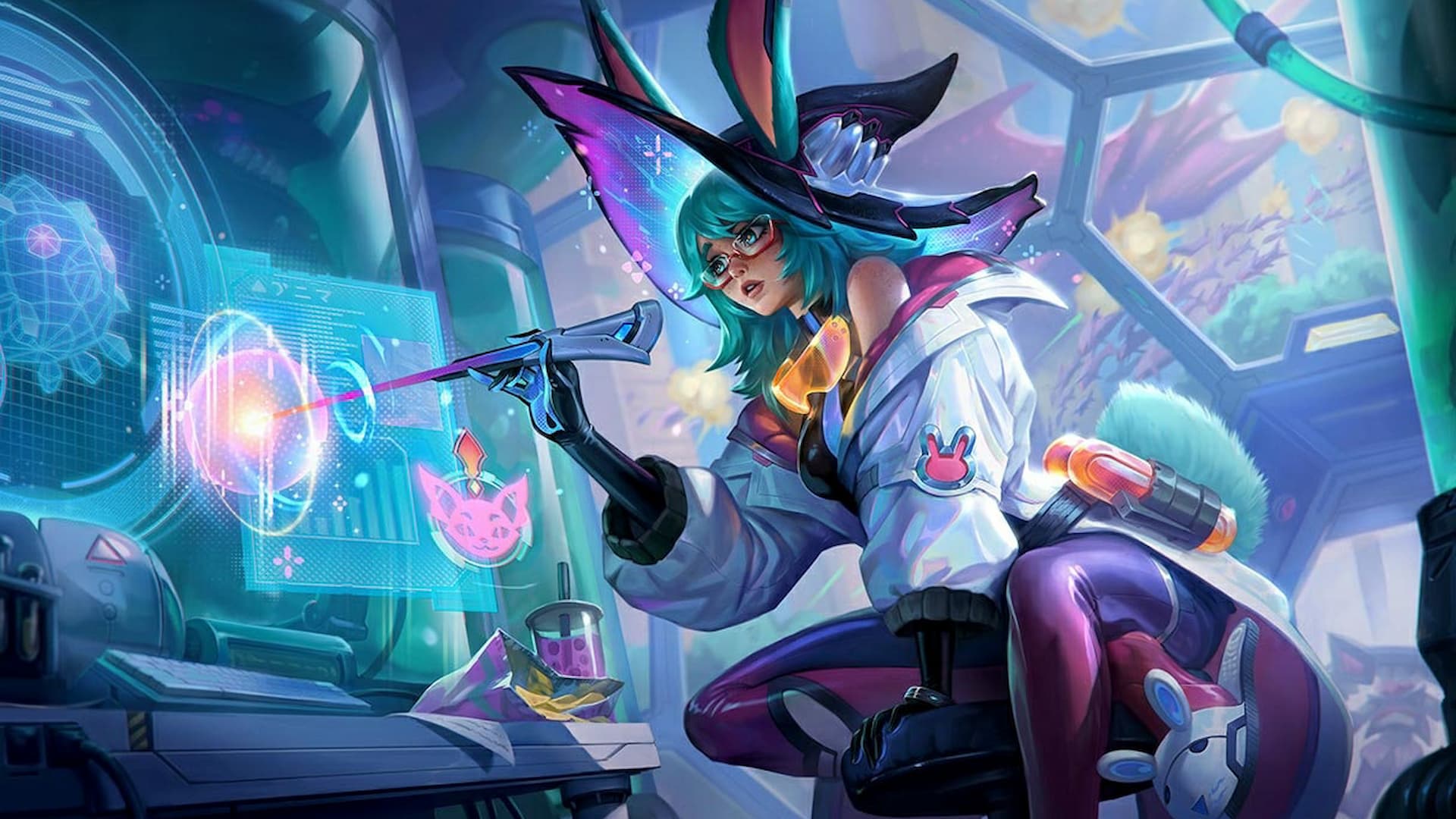Matt Leung-Harrison, also known as Riot Phroxzon, the Lead Gameplay Designer of League of Legends, has opened up on problems with player behavior and how Riot makes decisions about punishments, citing facts and psychological studies. This comes right as League of Legends introduces a new anti-detection system.
League of Legends is known for having a toxic community. While a lot has changed over the years to reform the player base, it’s still impossible to ignore the toxicity that pops up quite often.
In a lengthy X post, Phroxzon went into the details about how Riot thinks of player behavioral problems. According to him, 95% of what Riot considers disruptions is from players who generally have positive or neutral outlooks. Whether they’re having a bad day or are frustrated with the game, it ends with them lashing out at things that wouldn’t typically bother them.
Every player has the chance to lash out. Combined with the fact that League of Legends has a massive player base, players will see these kinds of disruptions quite often. In fact, Phroxzon broke the statistics down:
- If every player has a 1% chance to be disruptive, then players will have a 50% chance of seeing it in 17 games
- If every player has a 5% chance to be disruptive, then players will have a 50% chance of seeing it in 4 games
These toxic moments will stand out more than neutral and even most positive moments that players experience.
Riot’s goal is to give a “light nudge” to this 95% group. Phroxzon argues that doing this is easier and more impactful to player experience than going after the absolute worst. And those light nudges aren’t as harsh of punishments as League of Legends players expect, which can often cause frustration in the community.
Phroxzon cites studies from universities including Harvard, Stanford, and Columbia that point to the idea that proportioned, quick, and clear punishments yield better behavior in the long-run than slapping people with harsh punishments from the start.
While this relates to actual crime, Riot has tried a severe punishment system before. According to Phroxzon, this didn’t result in less disruptive behavior, and it took days to get generic bans put in place that weren’t quick or clear.
Since implementing lighter punishments that are quickly given out and detail exactly what the ban is for, Riot has seen better results. Phroxzon explained that players have a very low likelihood of being disruptive at less than 10%.
Reports from other players are very important for doing this. Phroxzon encouraged people to continue reporting accurately and explained that Riot can’t trust players who use the report feature as a tool to take out their frustration.
To reward players for taking part in the reporting system and helping make the community less toxic, Riot is now issuing LP refunds and autofill waivers.
Riot is issuing these things to past reporters, too. For example, let’s say Player A reports Player B for soft inting, and Player B goes unpunished. Two games later, Player B soft ints again and is hit with an immediate banhammer. Player A will still reap the rewards for seeing the behavior earlier, even though Player B wasn’t punished at that time.
Of course, all of this isn’t talking about the most problematic players. Phroxzon argues that 0.1% of players will repeatedly and consistently act toxic. These players will continue to act badly in most cases, which is leading Riot to outright ban them. However, many of these players get around bans by using alt accounts.
Since Riot implemented Vanguard, the number of alt accounts has decreased, but it’s not gone quite yet. This is a problem that Riot is looking for an answer to, but the challenges it poses are more complex than many may realize.
This is just the tip of the iceberg when it comes to dealing with player behavior and punishments in League of Legends. Phroxzon briefly touched on the idea that positive reinforcement is another thing that Riot wants to add, though weeding out the bad apples is the first thing it wants to do right now.
For more news on recent League of Legends changes, check out the 2025 Season 2’s world of Spirit Blossom Beyond.
